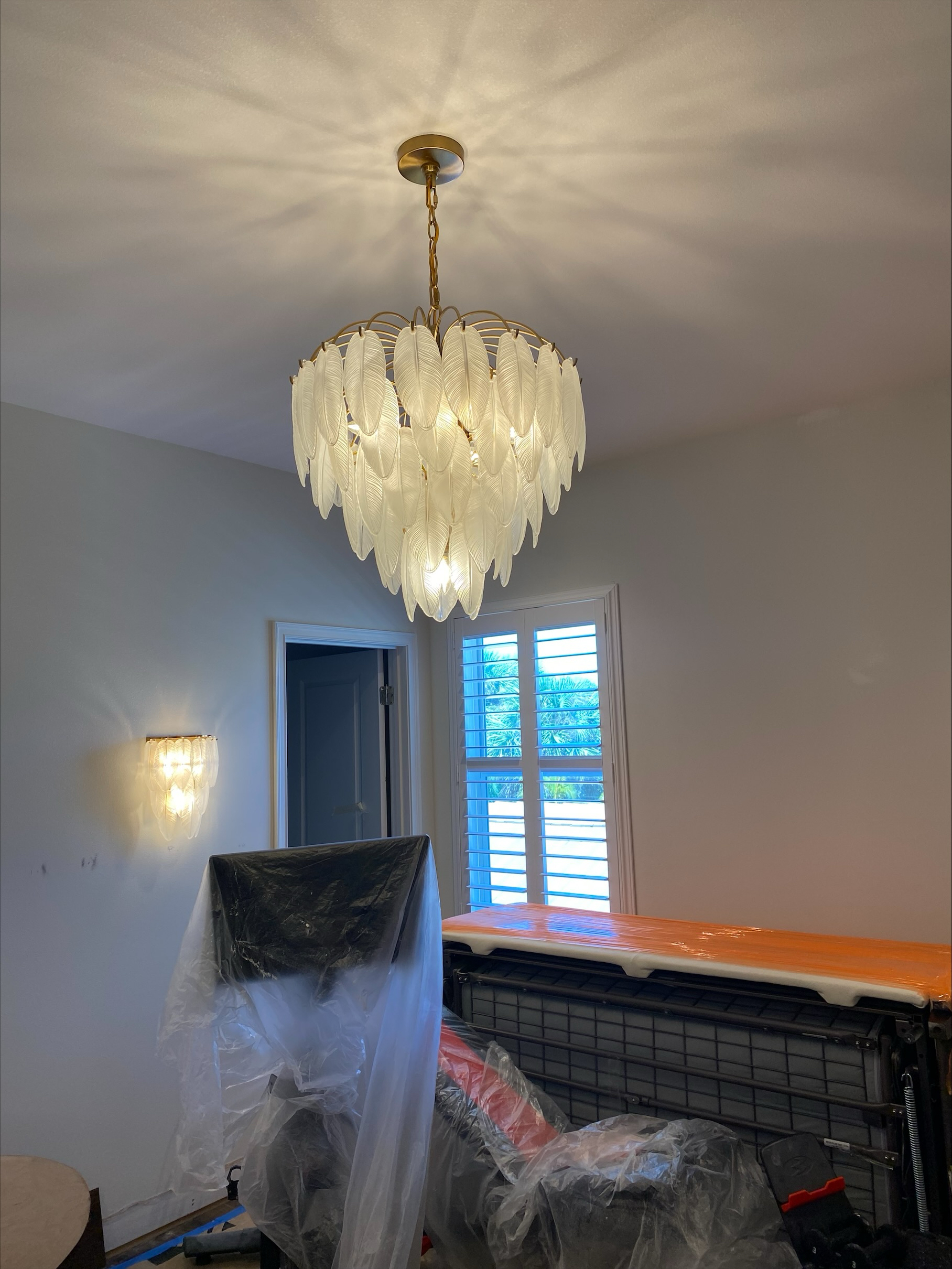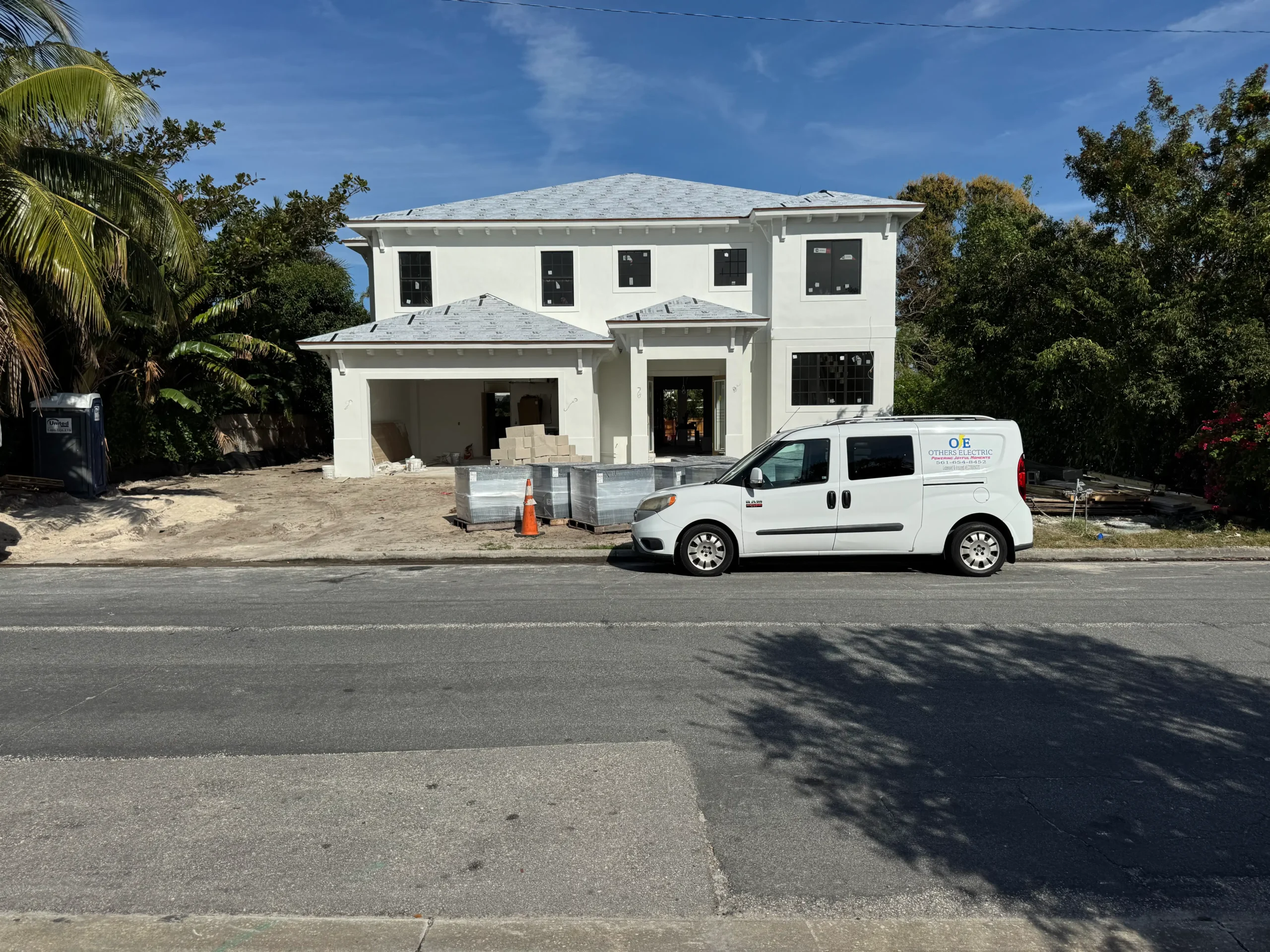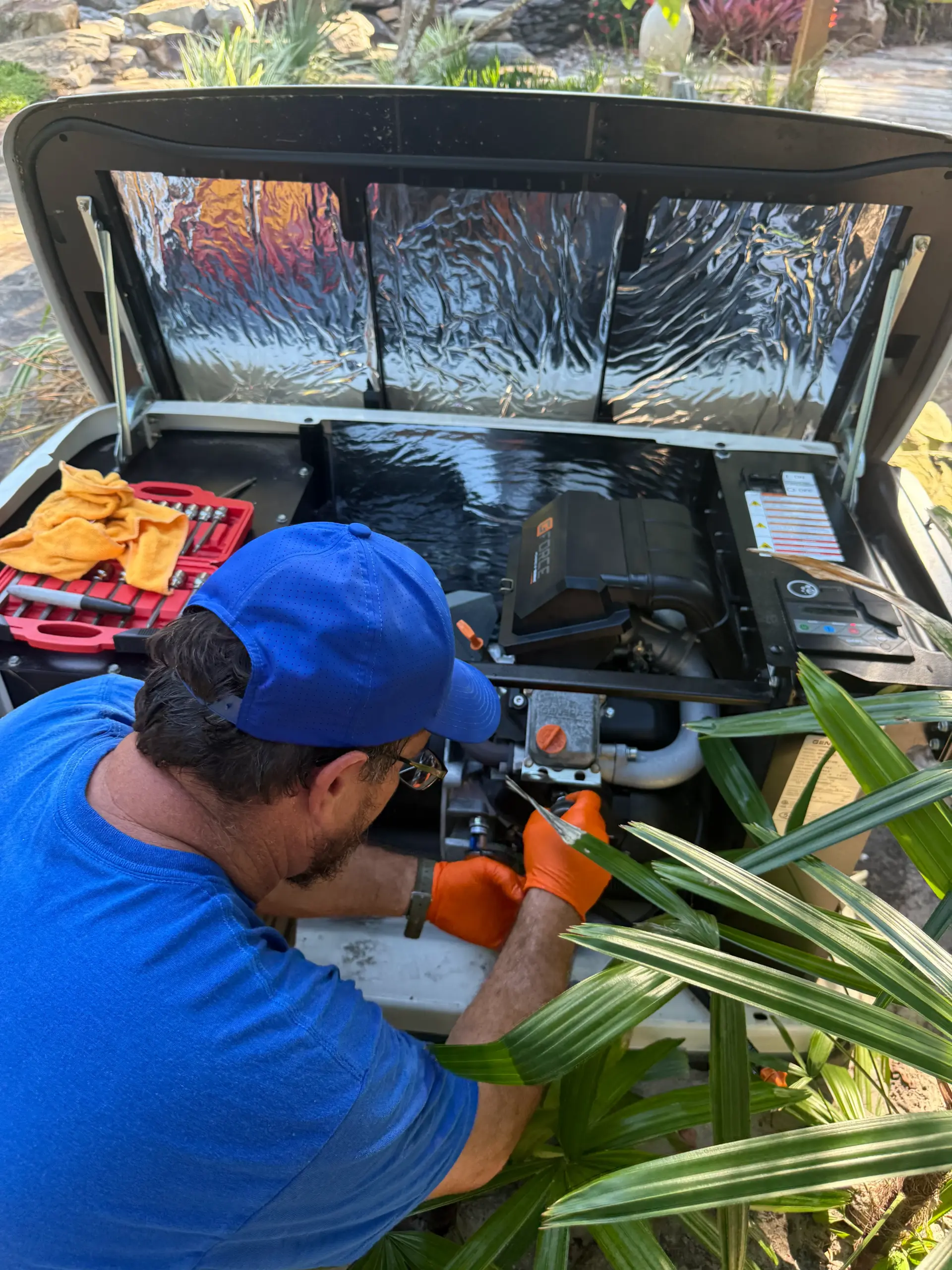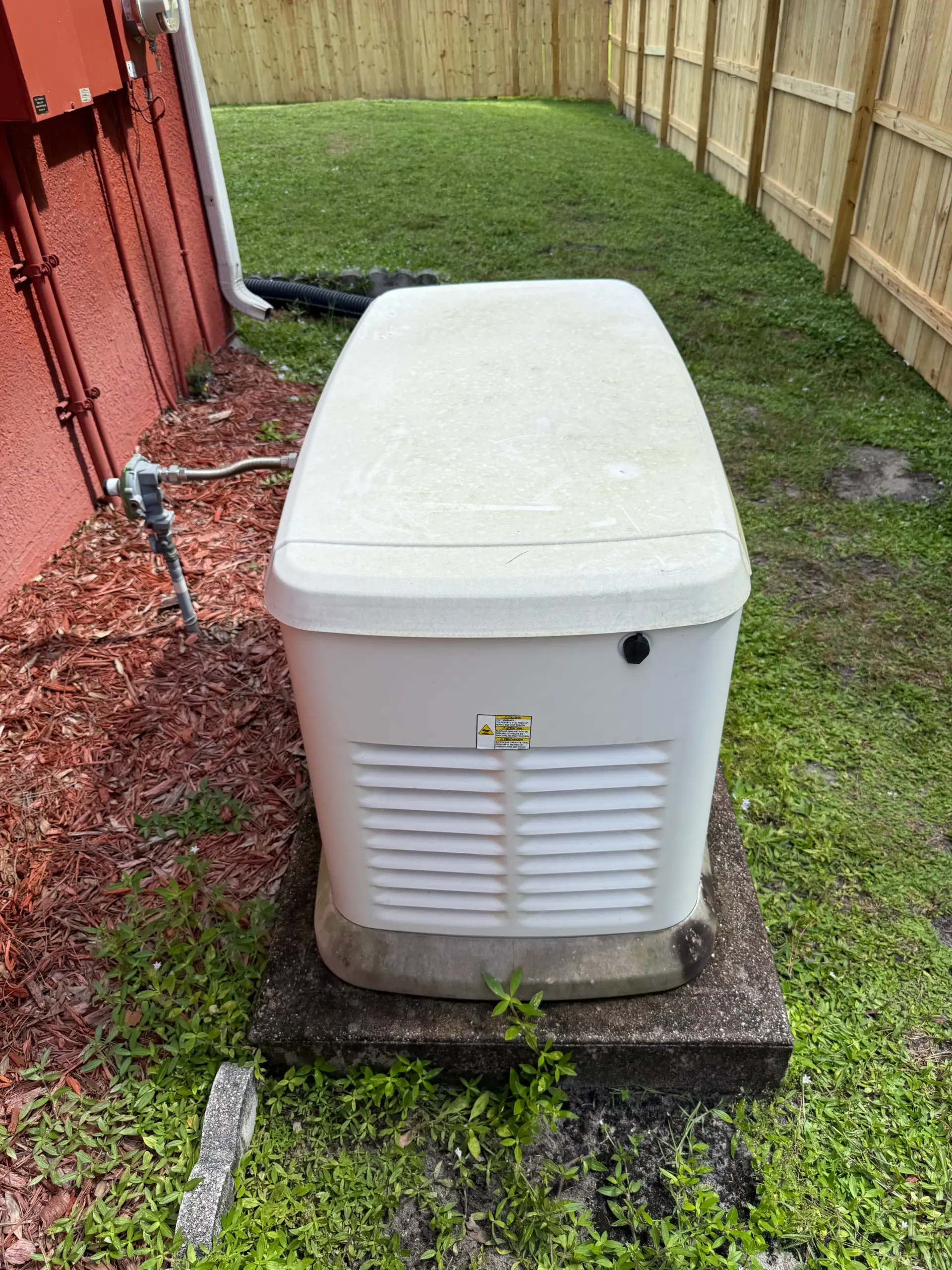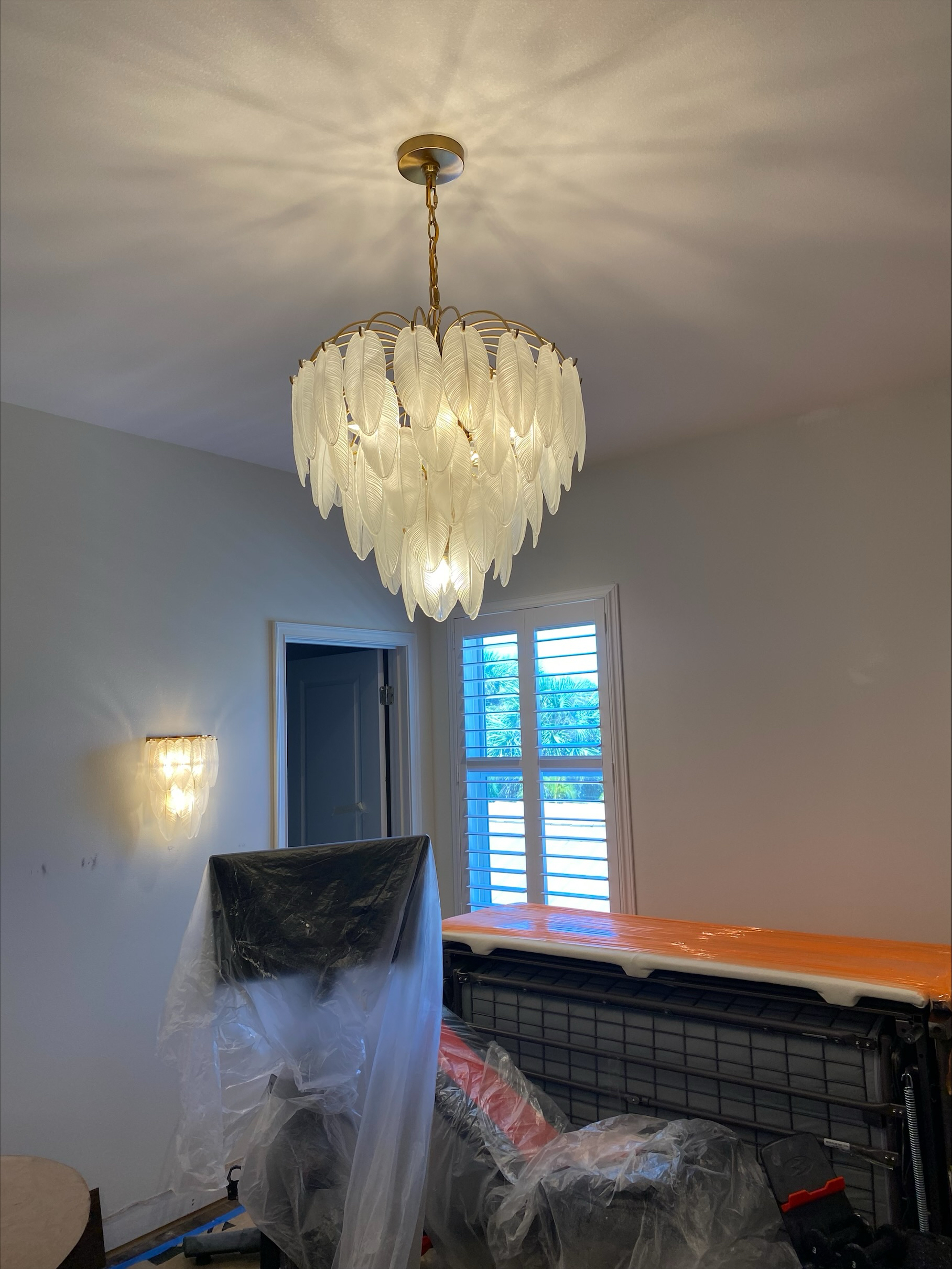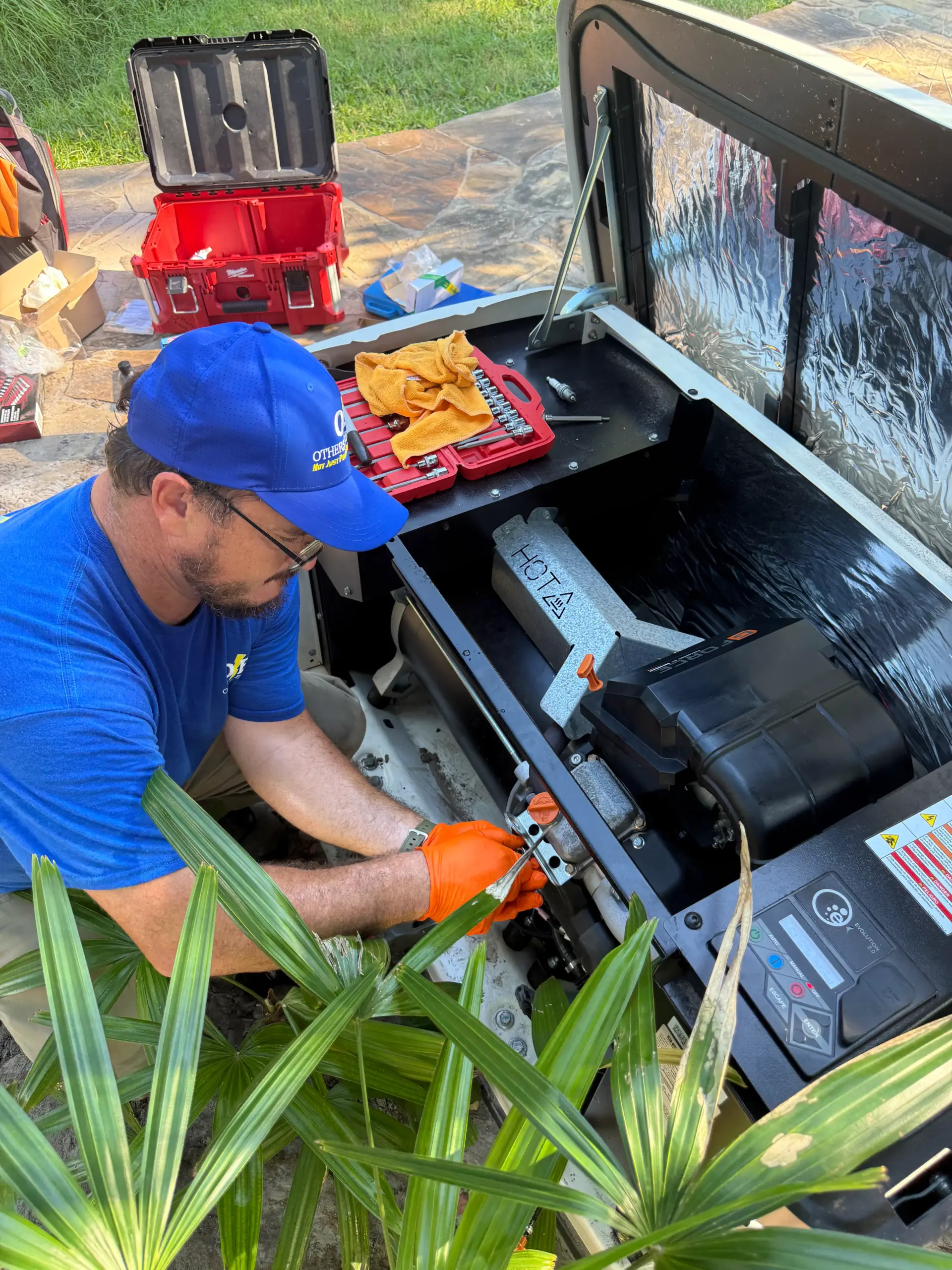When the power goes out, one of the first questions that comes to mind is how many generator watts to run a house? It sounds simple, but the answer depends on more than your home’s square footage. It’s about how you live, how energy-efficient your home is, and what level of comfort you expect during an outage. A small generator might be enough for an apartment, but a larger home with air conditioning, well water, and heating systems will demand far more wattage. Finding the right balance between power, cost, and efficiency ensures your generator keeps your home running smoothly without waste.

Why Wattage Matters More Than Size
Many homeowners assume that a bigger generator automatically means better performance. In reality, determining how many generator watts to run a house comes down to matching power to usage, not just buying the largest model available. Too much capacity wastes fuel and money, while too little can damage appliances or overload circuits.
Wattage represents how much electrical flow your generator can safely provide. If your appliances require more watts than your generator can deliver, voltage drops and sensitive devices may stop working properly. On the other hand, when you understand your wattage needs, you can invest in a generator that runs efficiently without strain.
Common Myths About Generator Wattage
There are several persistent myths that mislead homeowners when sizing a generator. One of the most common is that “bigger is always better.” Oversized generators not only waste fuel but also operate inefficiently at low loads, which shortens their lifespan.
Another misconception is that your home’s electrical panel determines generator size. While most houses have a 200-amp panel, this doesn’t mean you need a generator that can power every circuit simultaneously. Typically, only a few essential systems run during an outage.
Finally, not all generators produce the same quality of power. Cheaper models can fluctuate in voltage, which may harm modern electronics. Choosing a reputable, well-regulated generator protects your devices and keeps power stable even during long outages.

Real-World Example: A City Home vs. a Country Home
Let’s compare two homeowners with very different power profiles.
In the city, a family in a modest two-story home with gas heating mainly relies on a refrigerator, a few lights, a furnace fan, and personal electronics. Their continuous usage totals about 1,800 running watts, with occasional surges when the refrigerator cycles. A 3,000 to 3,500-watt generator easily handles that load with room to spare.
Now picture a rural homeowner with well water, an electric water heater, and central air conditioning. Even if not every appliance runs simultaneously, their combined load can approach 10,000 watts. Add lighting and kitchen appliances, and the total can reach 12,000 watts or more. A 15,000-watt standby generator is far more suitable for that scenario.
These two examples show why there’s no universal answer to how many generator watts to run a house. Your energy habits and equipment determine the correct size, not just your ZIP code or square footage.
Energy Efficiency and Smart Power Use
Energy efficiency plays a huge role in determining your generator’s required wattage. Homes that use ENERGY STAR-rated appliances, LED lighting, and smart thermostats consume far less power. By reducing your household load before a power outage ever occurs, you can save thousands on generator costs.
For example, upgrading an old refrigerator that draws 1,500 watts to a newer, energy-efficient model using 700 watts cuts power demand by more than half. Multiply that across multiple appliances, and you could reduce your total generator wattage needs by 20–30%.
As Consumer Reports notes, many homeowners overlook energy efficiency when calculating generator size. Lowering your energy use means you can rely on a smaller, quieter, and more cost-effective generator without sacrificing comfort.

Balancing Comfort and Cost
A key part of understanding how many generator watts to run a house is identifying the difference between what you need and what you want. Running your entire home as if nothing happened during an outage requires a large generator and significant fuel consumption. Keeping just your essentials powered, such as heat, refrigeration, lighting, and a few outlets, costs far less.
A 3,000-watt generator might cost a few hundred dollars and use half a gallon of gasoline per hour. A 10,000-watt model could cost several thousand and burn three times as much fuel. Before you buy, decide which systems you truly need to maintain comfort and safety.
Running fewer devices also helps your generator operate within its most efficient range, typically about 70–80% of total capacity. That sweet spot balances performance, fuel use, and longevity.
The Hidden Cost of Oversizing
Buying a generator that’s too large can quietly drain your wallet. Generators run most efficiently when carrying a moderate load. If you install a 10,000-watt generator but only use 3,000 watts during an outage, the extra capacity doesn’t make your home any safer; it just burns more fuel.
Think of it like leaving your car engine running at full throttle while parked. You’re using energy without going anywhere. Oversized systems also tend to wear down faster because their engines rarely reach optimal operating temperatures.

What Happens When You Undersize
On the other hand, an undersized generator can create serious performance problems. If your appliances demand more power than your generator can supply, it may stall, overheat, or trip breakers. Motors that don’t get full starting voltage, like those in air conditioners or pumps, can fail prematurely.
Choosing the right capacity prevents these risks. Always add up your running watts, include the highest starting load, and add a small buffer for safety. That balance gives your generator steady, efficient operation and protects your electrical systems.
Real-Life Scenarios and Their Wattage
Every home tells a different story when it comes to power demand. An apartment, a suburban home, and a rural property all use electricity in completely different ways, and understanding those differences is key to knowing how many generator watts to run a house.
Picture a small apartment or condo in the city. The lifestyle is simple, with a refrigerator, a few lights, a router, and maybe a television or laptop. The total power use rarely exceeds 2,000 to 3,000 watts, meaning a compact inverter generator would easily keep everything running without much noise or fuel use.
Now move to a family home in the suburbs. Here, the electrical draw expands. The sump pump, furnace fan, refrigerator, and multiple outlets all need steady current. Together, those systems average between 5,000 and 7,500 watts depending on the season and the appliances’ efficiency. A mid-sized portable generator or a small automatic standby system is the sweet spot for this type of home, powerful enough for comfort yet efficient to run.
Then there’s the rural home or farmhouse. Life in the countryside often includes equipment that demands serious wattage, like a well pump, water heater, deep freezer, and sometimes central air conditioning. These households often need 10,000 to 15,000 watts of reliable power, which is where a full standby generator becomes essential. Installed permanently, it starts automatically when the grid drops, supplying enough current to keep every system running as though the outage never happened.
These examples show that power requirements grow not just with square footage, but with lifestyle, climate, and convenience expectations. Knowing your daily habits helps you calculate how many generator watts to run your house efficiently without overspending on capacity you’ll never use.

How to Future-Proof Your Power
Your wattage needs won’t stay the same forever. Adding new appliances, electric vehicles, or even a home office setup can increase your energy demands. When deciding how many generator watts to run a house, plan for growth.
A good rule of thumb is to choose a generator with about 20% more capacity than your current total load. That extra cushion accommodates future upgrades and ensures your generator isn’t pushed to its limit during extreme conditions. Periodically re-evaluating your wattage needs every few years helps your backup system stay aligned with your home’s evolution.
Getting Expert Help
Even with careful research, sizing a generator can be challenging. Each home has unique electrical layouts, startup surges, and power priorities. A professional electrician can take the guesswork out of the process by measuring your actual load and confirming your generator’s ideal size.
For homeowners who want professional assistance, Others Electric provides complete generator services. Their licensed electricians calculate exact wattage needs, recommend the most efficient generator, and ensure proper installation for years of reliable operation.

Power Up with the Right Plan
Choosing a generator isn’t just about wattage; it’s about matching your habits, comfort level, and long-term goals. Understanding how many generator watts to run a house empowers you to make smarter, more cost-effective choices that balance safety and performance.
Avoid the assumption that more power always equals better results. Instead, focus on using energy efficiently and selecting a generator that fits your real needs. With the right planning and expert guidance from Others Electric, you can enjoy steady power through every storm, confident that your home will stay bright, warm, and safe when it matters most.


